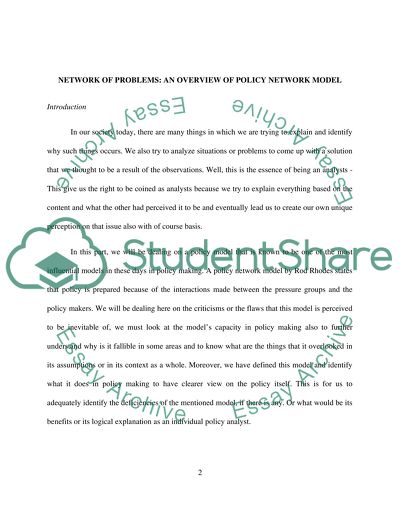Cite this document
(“Critically evaluate the policy network model Essay”, n.d.)
Retrieved from https://studentshare.org/environmental-studies/1410242-critically-evaluate-the-policy-network-model
Retrieved from https://studentshare.org/environmental-studies/1410242-critically-evaluate-the-policy-network-model
(Critically Evaluate the Policy Network Model Essay)
https://studentshare.org/environmental-studies/1410242-critically-evaluate-the-policy-network-model.
https://studentshare.org/environmental-studies/1410242-critically-evaluate-the-policy-network-model.
“Critically Evaluate the Policy Network Model Essay”, n.d. https://studentshare.org/environmental-studies/1410242-critically-evaluate-the-policy-network-model.


